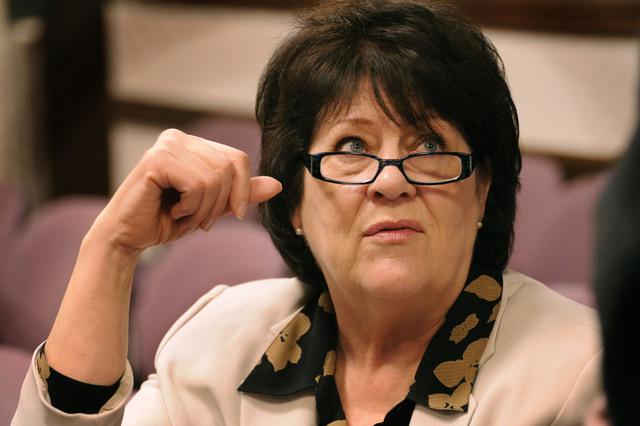Kids Count: Nevada poverty rate for children exceeds national average
Despite an economy that is starting to turn around, the number of children living in poverty in Nevada is slightly above the national average, according to an annual analysis of children’s well-being released Wednesday.
The Nevada Kids Count report, sponsored by the Baltimore-based Annie E. Casey Foundation, looked at seven indicators of well-being, and the Silver State saw small gains made in almost all of those areas. Poverty was the one exception.
In Nevada, 23.4 percent of children lived in poverty in 2012, a 1.2 percentage point increase from 2011. That is higher than the national average, which is 22.6 percent.
The number of children in Nevada living in poverty has climbed 8.4 percentage points since 2007, when the Great Recession began.
The U.S. poverty threshold for a family of two adults and two children was $23,283, according to the U.S. Census Bureau.
Nye County was the hardest hit, with 29 percent of children in poverty, according to the report. An estimated 23.7 percent of children in Clark County were in poverty in 2012.
Nevada did fare better than neighboring Arizona.
An estimated 27 percent of children in the Grand Canyon State were estimated to live in poverty in 2012, according to the report.
Nevada saw a broader based recovery from the recession in 2013, which may reduce the number of children in poverty, said Stephen Brown, executive director of Nevada Kids Count, which released the report.
Brown noted, however, that while he is hopeful next year the number of children living in poverty will go down, he isn’t confident that will happen.
The report shows that some people were left out of the recovery, Brown said.
It’s possible that while the state is starting to gain back some of the jobs lost during the recession, workers aren’t getting the wages or hours they need to put them above the poverty line, he said.
The other indicators were the state’s percentage of low-birth-weight babies, infant mortality rate, child death rate, teen death rate, teen birth rate and high school dropout rate.
The dropout rate, which fell to 3.9 percent, may seem low because a student isn’t classified as a dropout unless it’s confirmed that the student is not attending school elsewhere.
Contact Bethany Barnes at bbarnes@reviewjournal.com or 702-477-3861. Find her on Twitter: @betsbarnes.




























